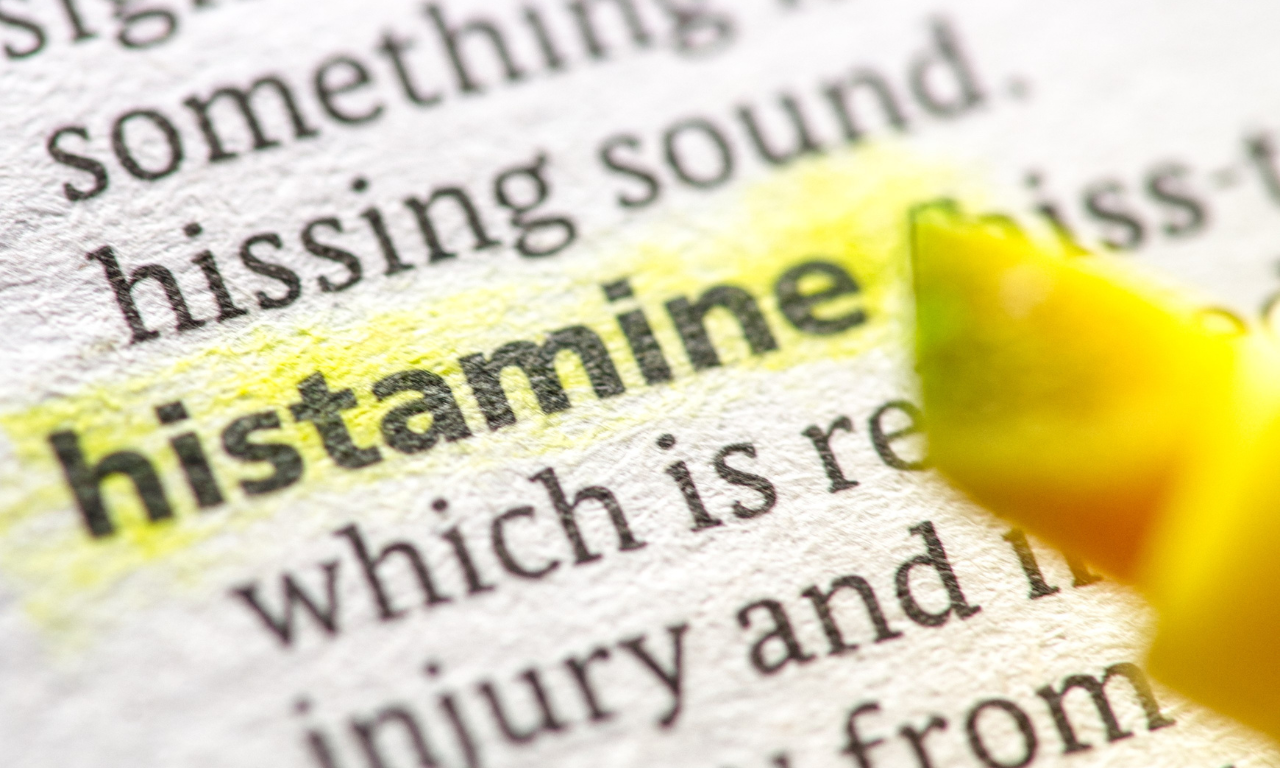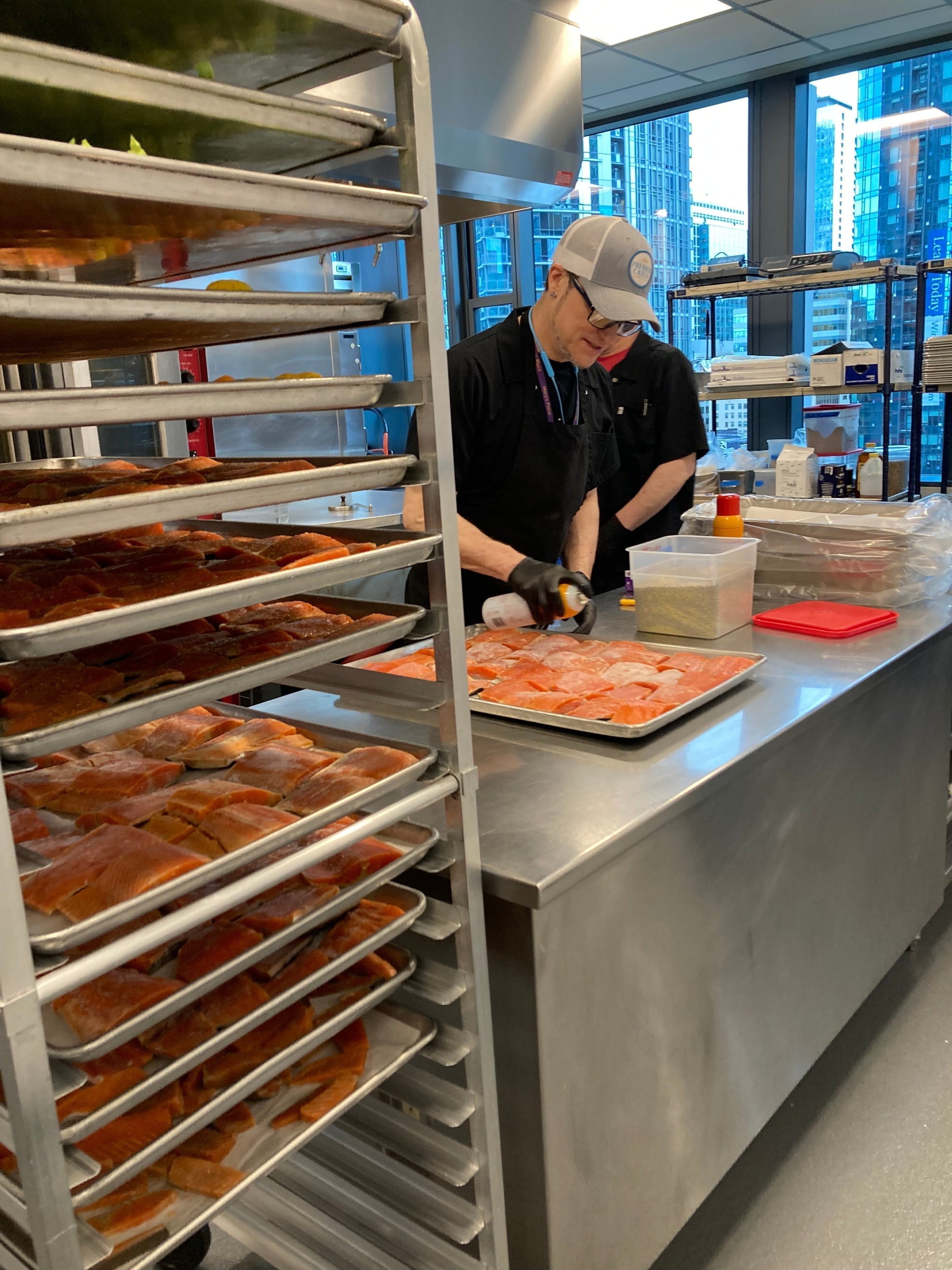By Ashley Besecker, RDN / July 10, 2024
As a registered dietitian nutritionist, a question I get often is about histamines. I love that so many of you have learned a bit about histamine intolerance - it can be a very tough thing to discover and diagnose!
Histamines are chemicals that our bodies produce in response to an allergy or an immune system alert. It's the chemical that causes the raised red bump from a bug bite or your swollen sinuses during pollen season.
Histamine is also present in foods! Alcohol, bananas, shellfish, pork, strawberries, tomatoes, salami, kombucha and many more foods contain histamine. In someone experiencing a histamine intolerance, a situation where the body is struggling to break down histamine, the levels can rise and cause allergy like symptoms, upset stomach, and headaches. It's estimated that just 1-3% of the global population has major issues with histamine intolerance, but if you are wondering, here is how we think about the histamines found in Premier Catch seafood.
The way to think about histamine is with a bucket analogy. Histamine is made in our body, and it's also found in many foods. We cannot avoid histamine, because it's an important part of our body's physiology, but when we are sensitive or intolerant to high levels of histamine, we just need to avoid overflowing our bucket of histamine.
You can handle a certain amount of histamine, even if you are intolerant. It's a matter of adding up higher histamine foods and not having a day or evening filled with high foods and beverages so that you become symptomatic - itchy, sneezy, congested, etc.
The longer a food like protein sits out, the higher the histamine levels go. So for seafood, you'll actually want to avoid grocery stores or "fresh" seafood that is transported, because even when cold on ice, those levels are rising. Actual "fresh caught" yourself, or frozen seafood will be the way to go.
Our fish and shellfish are flash frozen, which is a more intensive freezing process than just "frozen" and depending on the species, some are frozen at sea, like our Scallops and Alaskan Cod, and others are frozen within 12-24 hours, or for longer trips for Black Cod, no more than a couple of days. The fish come out of the water ice cold, go directly into flash freezing, or directly into the icy fish hold. The boats we choose to buy from are the ones who deserve a gold medal for how they ice their fish.
For the crab, it's a bit different, since it is caught, then processed (cut and cooked) and THEN frozen. Quickly, but still longer than just catch and freeze. Grilling and frying has been shown to increase histamine levels, but boiling showed no change or even a decrease in histamine levels in a study done on meats. Now this study didn't show crab specifically. But when our crab is cooked before freezing it, it is boiled.
If you struggle with true histamine intolerance, I would be sure to enjoy crab either caught by my own hands, or frozen like ours, and be sure I thaw it quickly and then enjoy. I'd avoid eating crab with a meal high in other histamines, and take my antihistamine that day too!
I too have the genetic variants associated with some histamine sensitivity. It's just about figuring out what amount of histamine can fill your bucket without overflowing. Be sure to still enjoy high histamine foods in balance with low histamine foods! Also note that on a particularly smoky day (summer fires or pollution) or during high allergy season, your histamine bucket will be quicker to fill!
One of my favorite resources for histamine in foods is https://healinghistamine.com/
Just remember, everything in moderation, and enjoy all foods as they fit into your lifestyle!


